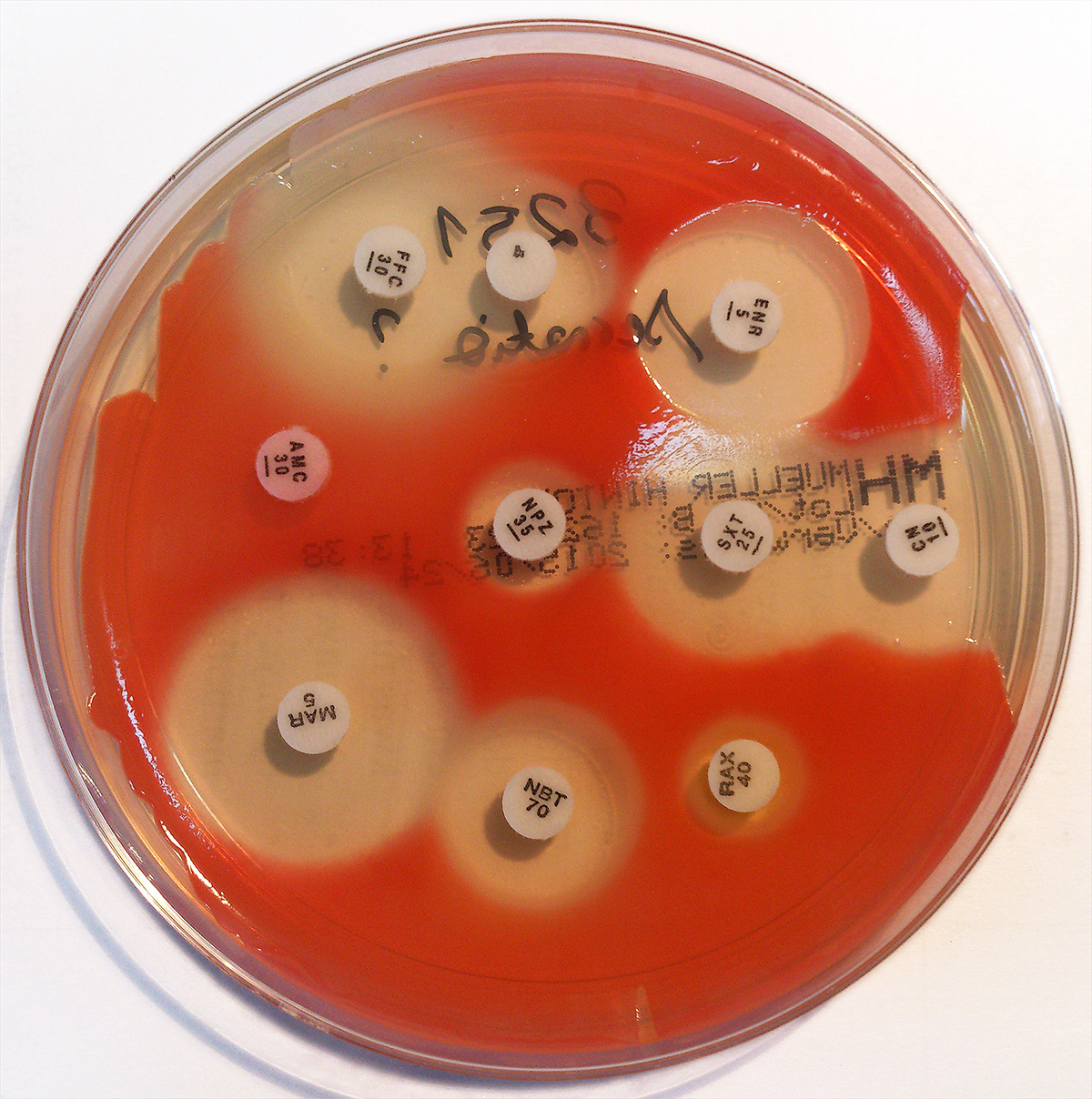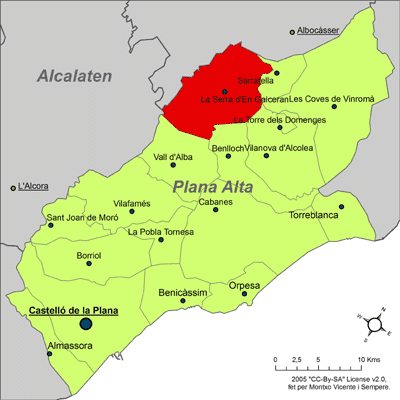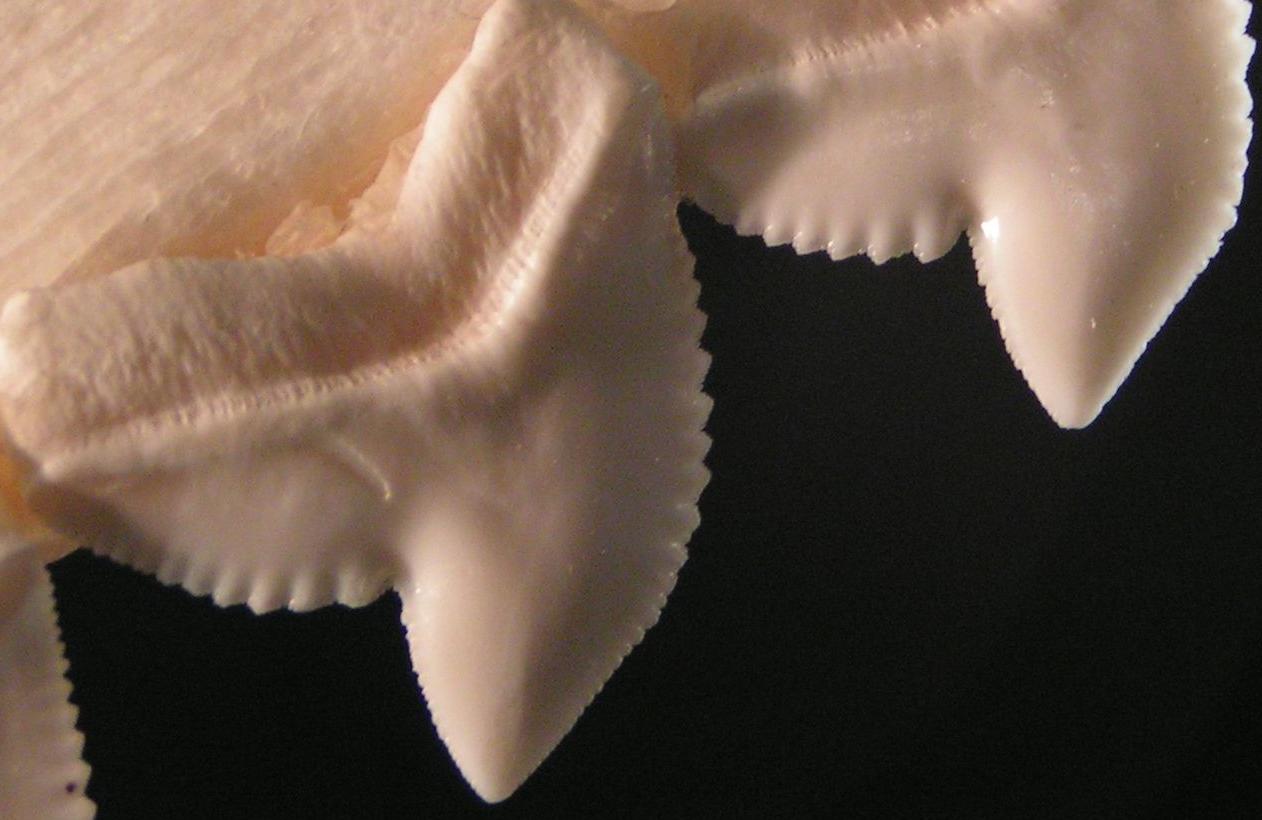|
Serrati (other) (plural)
{{disambig ...
serrati or Serrati may refer to: * Giacinto Menotti Serrati * José Luís Serrati, founder of Colonizadora Salto del Guairá S.A, which became Salto del Guairá * Serafino Serrati, a physicist whom the Serratia class (including Serratia marcescens) was named after by Bartolomeo Brizio, who wrote a paper on Kallikrein * Serra, Valencia or La Serra d'en Galceran demonym (synonymous with Serratina in this usage) * Serrated denarii (see also: Bigatus) *serratus Serratus may refer to any of several muscles in the thorax (trunk). See: *Serratus anterior muscle *Serratus posterior superior muscle *Serratus posterior inferior muscle The serratus posterior inferior muscle, also known as the posterior serra ... [...More Info...] [...Related Items...] OR: [Wikipedia] [Google] [Baidu] |
Giacinto Menotti Serrati
Giacinto Menotti Serrati (25 November 1872 – 10 May 1926) was an Italian communist politician and newspaper editor. Biography He was born in Spotorno, near Savona and died in Asso, near Como. Serrati was a central leader of the Italian Socialist Party (PSI), editor of the paper ''Avanti!'' (ever since he took over from ousted Benito Mussolini in 1914), and during the First World War he pushed the party to the left. He was an active member of the Zimmerwald Movement and, after the October Revolution of 1917, Serrati led the PSI into joining the Comintern. During the Second Cogress of the Comintern held in Moscow in 1920, Serrati served on its Presiding Committee and was also elected to the Comintern Executive Committee that year. However, in 1921 he opposed the Comintern principle of breaking with the reformists and remained head of the Italian Socialist Party during the split into an Italian Communist Party The Italian Communist Party ( it, Partito Comunista Italian ... [...More Info...] [...Related Items...] OR: [Wikipedia] [Google] [Baidu] |
José Luís Serrati
José is a predominantly Spanish and Portuguese form of the given name Joseph. While spelled alike, this name is pronounced differently in each language: Spanish ; Portuguese (or ). In French, the name ''José'', pronounced , is an old vernacular form of Joseph, which is also in current usage as a given name. José is also commonly used as part of masculine name composites, such as José Manuel, José Maria or Antonio José, and also in female name composites like Maria José or Marie-José. The feminine written form is ''Josée'' as in French. In Netherlandic Dutch, however, ''José'' is a feminine given name and is pronounced ; it may occur as part of name composites like Marie-José or as a feminine first name in its own right; it can also be short for the name ''Josina'' and even a Dutch hypocorism of the name ''Johanna''. In England, Jose is originally a Romano-Celtic surname, and people with this family name can usually be found in, or traced to, the English county ... [...More Info...] [...Related Items...] OR: [Wikipedia] [Google] [Baidu] |
Salto Del Guairá
Salto del Guairá () is a city in Paraguay. It is the capital of the Canindeyú Department, department of Canindeyú. The city is located about 200 km north of Ciudad del Este. It borders the Brazilian municipality of Guaíra, Paraná, Guairá, across the Paraná River which marks the border between Paraguay and Brazil. The name "Guaíra" comes from the Tupi language and means "place difficult to access". The name "Salto del Guaira", which means "Guaira Falls" in Spanish, is named after the Guaíra Falls (just like its Brazilian twin city), which was located on the border with Brazil. The falls was submerged after the construction of the Itaipu Dam in 1982. The Colony Salto del Guairá, was founded on March 3 of 1959, by a private company called "Colonizadora Salto del Guairá S.A" according to a note received by the firm's directory, formed by Mr. José Luís Serrati, Mr. Ibrahin Abud and Mr. Carlos Ricardo Méndez Goncalvez. Before its foundation, the place was named res ... [...More Info...] [...Related Items...] OR: [Wikipedia] [Google] [Baidu] |
Serafino Serrati
Serafino Serrati (18th-century) was an Italian Benedictine monk, who also practiced or taught physical sciences. He appears to have lived in the Badia Fiorentina (Florentine Abbey of monks of the order of Monte Cassino). He is now best remembered because the bacterial genus for a specific gram-negative rod-shaped bacteria called Serratia is named after him in 1819 by the botanist and chemist Bartolomeo Bizio (1791 – 1862) to honor him for his unrecognized invention of a steamboat. Biography Information regarding Serafino is limited. Born in the 18th-century in Florence to a respectable family, he appears to have studied physics and botany. He is thought to have been the professor of experimental physics in his monastery. Among his preferred studies was to find ways to direct the movement of ''globi areostatici'', today in English referred to as hot-air balloons. It is said that his fellow monk Rabatta and Serrati were the first Florentines to become air-bound by globes. In additi ... [...More Info...] [...Related Items...] OR: [Wikipedia] [Google] [Baidu] |
Serratia
''Serratia'' is a genus of Gram-negative, facultatively anaerobic, rod-shaped bacteria of the family Yersiniaceae. According to the List of Prokaryotic names with Standing Nomenclature (LPSN), there are currently 19 species of ''Serratia'' that are credibly published with accurate names as of 2020: ''S. aquatilis, S. entomophila, S. ficaria, S. fonticola, S. grimesii, S. liquefaciens, S. marcescens, S. microhaemolytica, S. myotis, S. nematodiphila, S. odoriferae, S. oryzae, S. plymuthica, S. proteamaculans, S. quinivorans corrig, S. rubidaea, S. symbiotica, S. ureilytica, S. vespertilionis''. They are typically 1–5 μm in length, do not produce spores, and can be found in water, soil, plants, and animals. Some members of this genus produce a characteristic red pigment, prodigiosin, and can be distinguished from other members of the order Enterobacterales by their unique production of three enzymes: DNase ( nucA), lipase, and gelatinase (serralysin). ''Serratia'' was thought to be ... [...More Info...] [...Related Items...] OR: [Wikipedia] [Google] [Baidu] |
Serratia Marcescens
''Serratia marcescens'' () is a species of rod-shaped, Gram-negative bacteria in the family Yersiniaceae. It is a facultative anaerobe and an opportunistic pathogen in humans. It was discovered in 1819 by Bartolomeo Bizio in Padua, Italy.Serratia marcescens. (2011, April). Retrieved from https://microbewiki.kenyon.edu/index.php/Serratia_marcescens ''S. marcescens'' is commonly involved in hospital-acquired infections (HAIs), also called nosocomial infections, particularly catheter-associated bacteremia, urinary tract infections, and wound infections, and is responsible for 1.4% of HAI cases in the United States. It is commonly found in the respiratory and urinary tracts of hospitalized adults and in the gastrointestinal systems of children. Due to its abundant presence in the environment, and its preference for damp conditions, ''S. marcescens'' is commonly found growing in bathrooms (especially on tile grout, shower corners, toilet water lines, and basins), where it manife ... [...More Info...] [...Related Items...] OR: [Wikipedia] [Google] [Baidu] |
Kallikrein
Kallikreins are a subgroup of serine proteases, enzymes capable of cleaving peptide bonds in proteins. In humans, plasma kallikrein (encoded by ''KLKB1 gene'') has no known paralogue, while tissue kallikrein-related peptidases (''KLKs'') encode a family of fifteen closely related serine proteases. These genes are localised to chromosome 19q13, forming the largest contiguous cluster of proteases within the human genome. Kallikreins are responsible for the coordination of various physiological functions including blood pressure, semen liquefaction and skin desquamation. Occurrence In 1934, Eugen Werle reported finding a substance in the pancreas of humans and various animals in such large amounts that the pancreas could be taken for its site of origin. He named it kallikrein, by derivation from the Greek word for pancreas. Since then, similar enzymes have been found in the biological fluids of humans and other mammals, as well as in some snake venoms. Venom The caterpillar known ... [...More Info...] [...Related Items...] OR: [Wikipedia] [Google] [Baidu] |
Serra, Valencia
Serra () is a municipality in the ''comarca'' of Camp de Túria in the Valencian Community The Valencian Community ( ca-valencia, Comunitat Valenciana, es, Comunidad Valenciana) is an autonomous community of Spain. It is the fourth most populous Spanish autonomous community after Andalusia, Catalonia and the Community of Madrid with ..., Spain. References Municipalities in Camp de Túria Populated places in Camp de Túria {{valencia-geo-stub ... [...More Info...] [...Related Items...] OR: [Wikipedia] [Google] [Baidu] |
La Serra D'en Galceran
La Serra d'en Galceran (, es, Sierra Engarcerán) is a small municipality in the province of Castelló, Valencian Community, Spain. It is located inland surrounded by the mountain range known as Serra d'en Galceran. The town gives its name to the range. La Serra d'en Galceran is located about 50 km north of the town of Castelló de la Plana, on the north of the Valencian Community. History It is not known what was the name of the range or the village in ancient times. There are ancient Iberian settlements in an area known as ''El Castellàs'', as well as some cave paintings that have been declared a World Heritage Site by UNESCO. During the Muslim times there was a castle, as well as some agricultural settlements, in the area. Historically the first documents are from the years 1213 and 1238 and they tell that James I of Aragon gave the territory, just conquered from the saracens, to nobleman Pere Valimanya. Thus, in 1364 the place appears with the name ''Serra de Vali ... [...More Info...] [...Related Items...] OR: [Wikipedia] [Google] [Baidu] |
Serratina (other)
Serratina is a demonym (synonymous with Serrati) for these regions: *La Serra d'en Galceran La Serra d'en Galceran (, es, Sierra Engarcerán) is a small municipality in the province of Castelló, Valencian Community, Spain. It is located inland surrounded by the mountain range known as Serra d'en Galceran. The town gives its name to ... * Serra, Valencia It's also a genus of bivalve. {{disambig ... [...More Info...] [...Related Items...] OR: [Wikipedia] [Google] [Baidu] |
Serrated Denarii
Serration is a saw-like appearance or a row of sharp or tooth-like projections. A serrated cutting edge has many small points of contact with the material being cut. By having less contact area than a smooth blade or other edge, the applied pressure at each point of contact is greater and the points of contact are at a sharper angle to the material being cut. This causes a cutting action that involves many small splits in the surface of the material being cut, which cumulatively serve to cut the material along the line of the blade. In nature, serration is commonly seen in the cutting edge on the teeth of some species, usually sharks. However, it also appears on non-cutting surfaces, for example in botany where a toothed leaf margin or other plant part, such as the edge of a carnation petal, is described as being serrated. A serrated leaf edge may reduce the force of wind and other natural elements. Probably the largest serrations on Earth occur on the skylines of mountai ... [...More Info...] [...Related Items...] OR: [Wikipedia] [Google] [Baidu] |




